Sexual abuse resources
Sexual abuse occurs when a person uses a child for sexual purposes. Sexual abuse includes any sexual act involving a child and parent, a person caring for a child, a person in a position of trust or any other person.
Sexual abuse can include:
- Sexual touching of a child or incitement of a child to perform sexual touching
- Sexual relations (vaginal, oral or anal)
- Threatening sexual acts, obscene gestures or communications or criminal harassment
- Sexual references (words or gestures) to the body or behaviour of the child
- Sexual acts, including fondling, masturbation of the other person, exhibitionism or voyeurism
- Exposure of the child to sexual activities or material (pornography)
- Asking a child to expose his or her body for sexual purposes
In the short term, young victims of sexual violence can experience major emotional, psychological and physical health problems. Severe after-effects can also manifest themselves in several areas of function, including adaptation and interpersonal functioning, control of emotions, cognition, memory, neurological functions, mood, behaviour, attention, attachment and impulse control.
Emotional and mental health problems
Young victims of sexual violence are at significantly higher risk of presenting with:
- Symptoms of post-traumatic stress (nightmares, flashbacks, avoidance behaviour, hypervigilance)
- Symptoms of anxiety (fear, nervousness, hypersensitivity)
- Symptoms of depression (moodiness, negative self-perception, difficulty experiencing pleasure)
- Aggressive behaviour (disrespect, antagonism, lying, stealing, unjustified aggressive words and actions against others, intimidation)
- Thoughts of suicide and attempted suicide
- Self-mutilation behaviour (self-cutting, severe scratching of the skin, burning the skin)
- Symptoms of disassociation, depersonalization (feeling of unreality or of being disconnected from one’s body)
Academic issues
Youth exposed to this type of violence are more likely:
- To do poorly in school
- To drop out of school
Risky behaviour
Youth with a history of sexual violence engage more often in risky behaviour, such as:
- Substance abuse
- Multiple sexual partners (higher risk of sexually transmitted diseases)
- Exchanging sexual favours to support their needs (housing, money, clothes, transportation)
- Aggressive and violent relationships
- Running away (almost twice as likely)
- Youth who were victims of sexual abuse are at higher risk of a teen pregnancy.
- Girls who are victims of sexual assault are 2.2 times as likely as their non-victimized peers to become teen mothers.
- Boys who are victims of sexual assault are more likely than their non-victimized peers to make a girl pregnant.
- Young victims of sexual assault are at higher risk than non-victims and present with a series of physical health problems (obesity, gastrointestinal problems, cardiopulmonary problems, diabetes, gynecological problems).
- These consequences can lead to major disruptions in the young person’s mental development and often have a long-term impact that can lead to dysfunction and significant distress in adulthood.
No child should live with the consequences of sexual violence
If you suspect or uncover something, you have a duty to report it.

